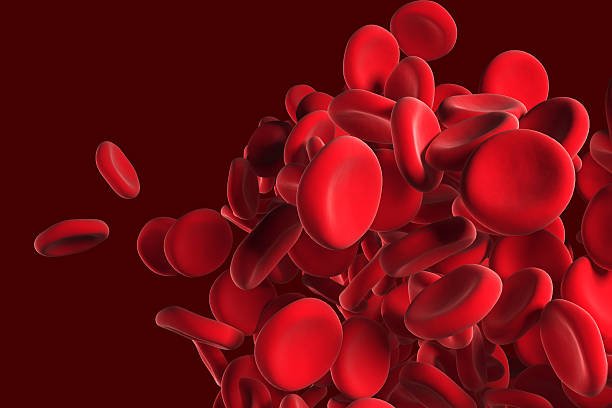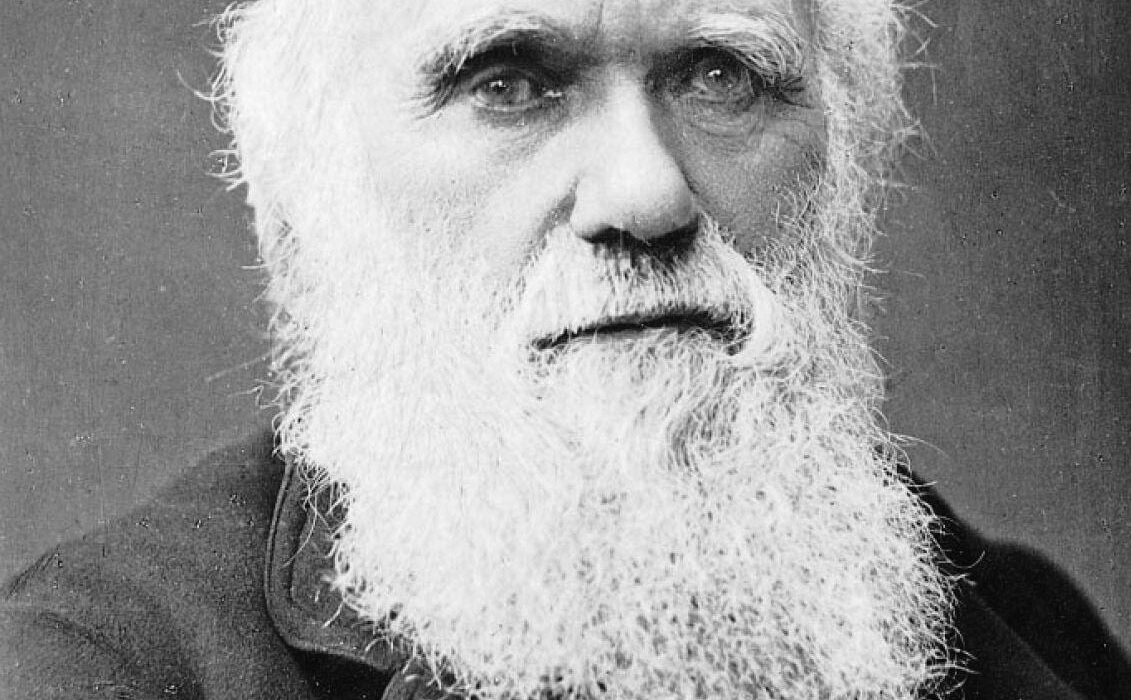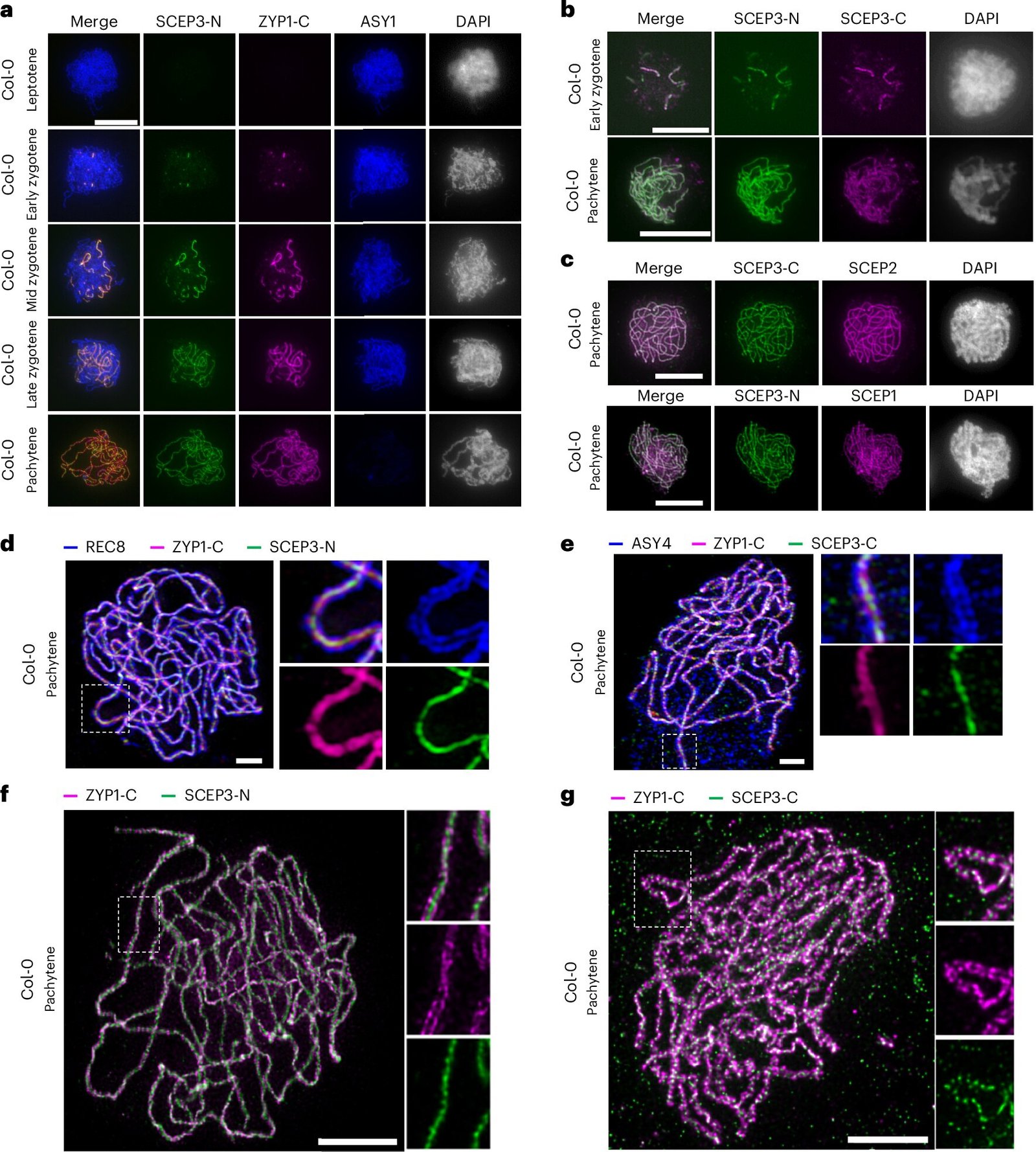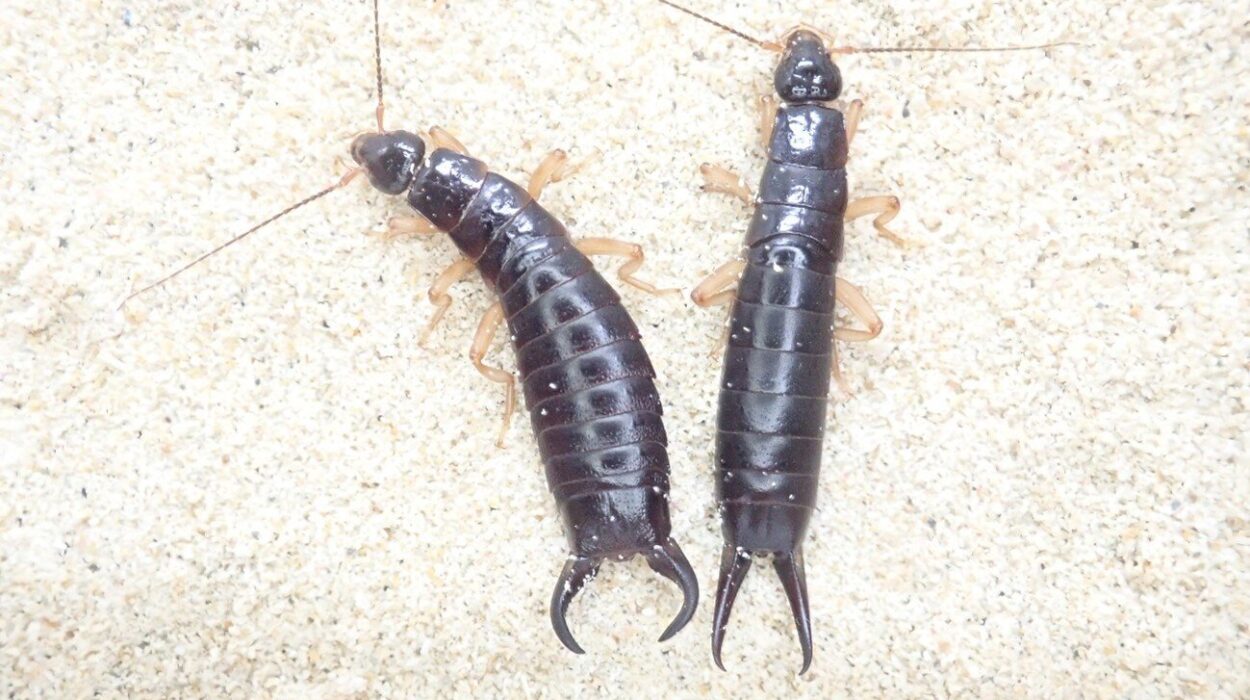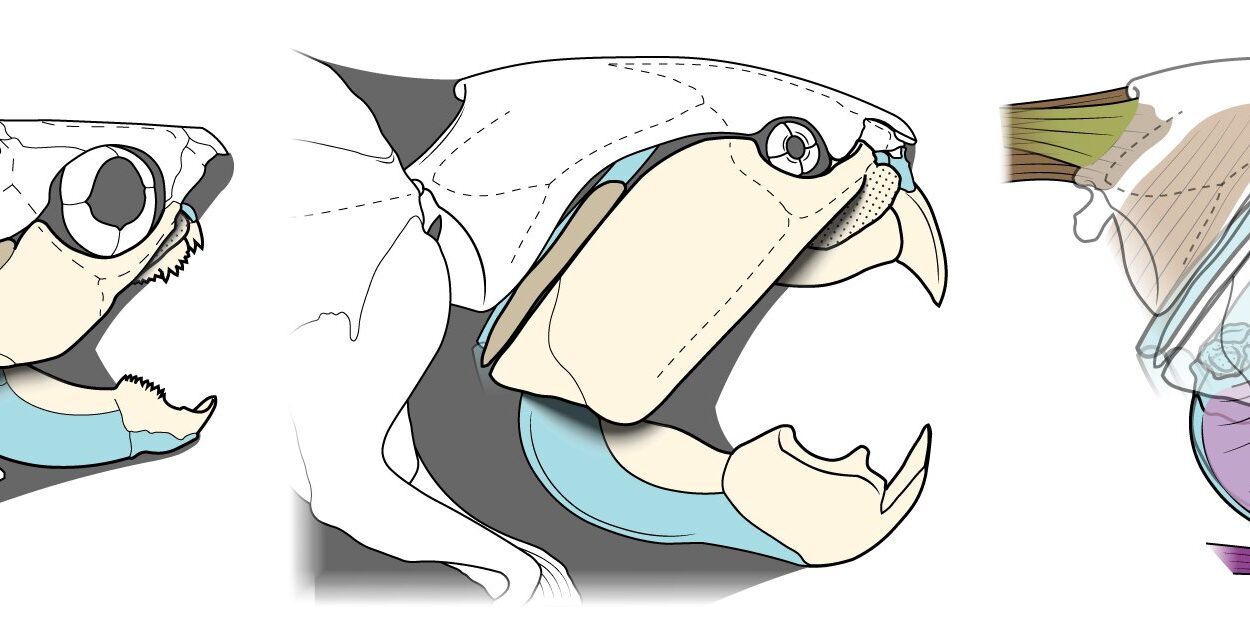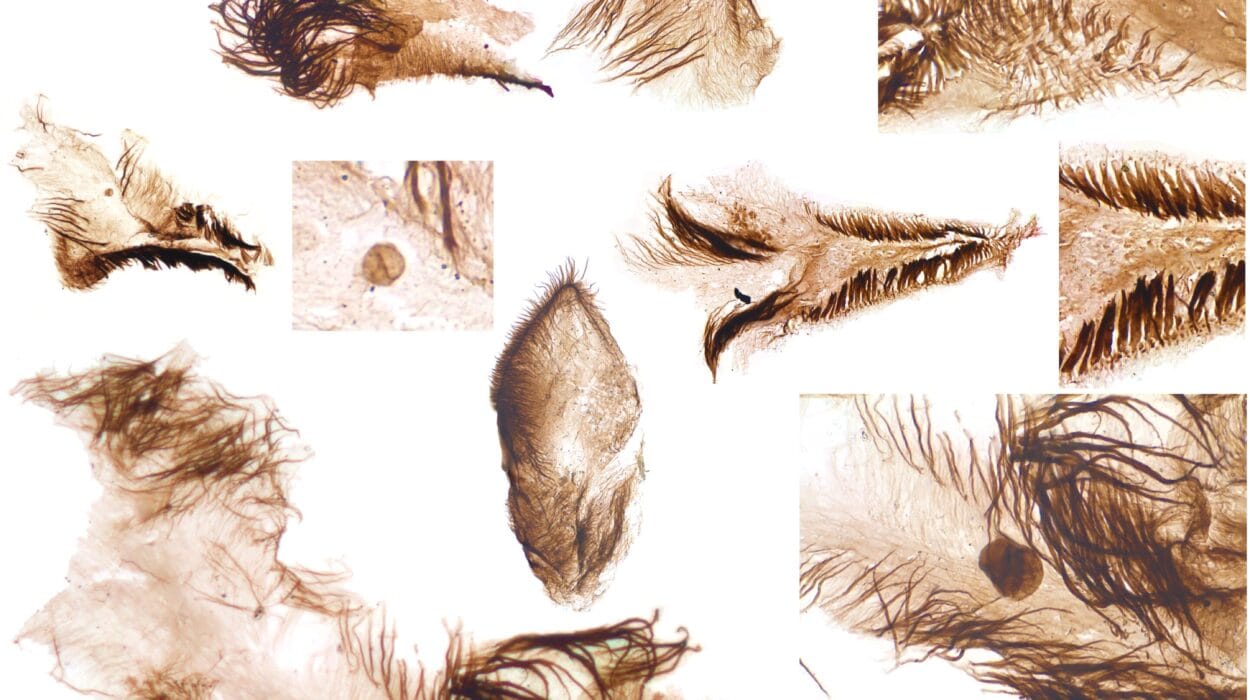Few images are as deeply embedded in our collective consciousness as that of red blood. Whether it flows from a paper cut, a scraped knee, or during surgery, blood’s crimson hue is universally recognized as the symbol of life. Yet, while the color red evokes urgency, vitality, and warning, have you ever paused to wonder—what truly gives blood its iconic red color?
The answer lies in a remarkable protein molecule called hemoglobin, one of the most essential and awe-inspiring substances in the animal kingdom. Hemoglobin is more than just a pigment; it is a microscopic marvel engineered by evolution to sustain life. Found in the red blood cells of nearly all vertebrates—and even in some invertebrates—hemoglobin does far more than just paint your blood red. It is the oxygen courier of the body, the molecule responsible for the very act of breathing at the cellular level. Without it, every organ would suffocate, and life would collapse into stillness.
In this deep and fascinating exploration, we’ll uncover the secrets of hemoglobin: its elegant structure, its vital function in oxygen transport, its role in health and disease, and even its impact on human evolution. By the end, you’ll understand why blood is red, but more importantly, you’ll see hemoglobin not just as a colorant—but as one of life’s most extraordinary molecules.
The Origins of Blood’s Crimson Hue
To answer why blood is red, we must begin at the microscopic level, within the complex architecture of blood itself. Blood consists of several components: plasma, white blood cells, platelets, and red blood cells. Of these, red blood cells—or erythrocytes—dominate, comprising roughly 40 to 45 percent of total blood volume. These cells are responsible for transporting oxygen from the lungs to every tissue and organ in the body, and they owe their distinctive red color to a protein packed tightly within their membranes: hemoglobin.
Hemoglobin contains iron, and it is this iron that is largely responsible for the color of blood. More precisely, hemoglobin is a metalloprotein—a protein bound to a metal ion—that binds with oxygen in the lungs and releases it where needed. When oxygen binds to hemoglobin, it undergoes a subtle structural change that alters its optical properties. The result? Bright red, oxygen-rich arterial blood. When oxygen is released, the hemoglobin shifts again, and the blood takes on a darker, bluish-red hue, as seen in venous blood returning to the lungs.
It’s a beautiful chemical ballet, unfolding endlessly in your veins and arteries—a cycle of coloration that corresponds directly to your body’s breath, beat by beat.
The Structure of Hemoglobin: A Molecular Symphony
To appreciate how hemoglobin works, one must understand its structure—one of biology’s most elegant designs. Hemoglobin is a tetrameric protein, meaning it is made up of four subunits. Each subunit contains a globin chain—two alpha and two beta chains in adult humans—and at the center of each chain sits a heme group.
The heme group is where the magic happens. It contains an iron atom at its core, held tightly within a ring-like structure called a porphyrin. This iron atom is what binds to oxygen molecules. Each heme can carry one molecule of oxygen, meaning each hemoglobin molecule can ferry up to four oxygen molecules at a time.
The binding of oxygen is cooperative—a phenomenon known as cooperative binding. This means that once one oxygen molecule binds to hemoglobin, the protein’s structure changes slightly, making it easier for the remaining sites to bind oxygen. Conversely, once one oxygen molecule is released, it becomes easier for the rest to follow suit. This property allows hemoglobin to efficiently load oxygen in the lungs and unload it where it’s needed most.
The entire molecule is astonishing in its precision and efficiency. Evolution has fine-tuned hemoglobin over billions of years to optimize oxygen transport in diverse environments, from sea level to the peaks of the Himalayas.
Hemoglobin in Action: The Oxygen Highway
Imagine hemoglobin as a fleet of microscopic cargo trucks traveling through the bloodstream. Their job is to collect oxygen from the lungs and deliver it to tissues all over the body. Oxygen, essential for aerobic respiration, is the final electron acceptor in the mitochondria, the cell’s powerhouses. Without oxygen, cells cannot produce sufficient ATP, the molecule that powers all cellular activities.
In the lungs, where oxygen concentration is high, hemoglobin binds oxygen tightly. As the blood flows through the arteries and reaches tissues with lower oxygen levels, hemoglobin releases its cargo. The difference in oxygen concentration creates a gradient that drives this exchange. Carbon dioxide, a byproduct of cellular respiration, is also picked up and transported back to the lungs—some of it bound to hemoglobin, but most dissolved in plasma as bicarbonate.
This continuous loop—oxygen delivery and carbon dioxide removal—is orchestrated with stunning efficiency. Hemoglobin’s responsiveness to pH, temperature, and carbon dioxide levels—known as the Bohr effect—allows it to fine-tune its oxygen delivery. In acidic or high-carbon dioxide environments, such as active muscles, hemoglobin releases oxygen more readily. This ensures that working tissues get the oxygen they need, exactly when they need it.
Developmental Hemoglobins: From Fetus to Adult
Hemoglobin is not a static molecule. Different forms of hemoglobin are produced at different stages of life to meet changing physiological needs. The first hemoglobin a human produces is embryonic hemoglobin, followed by fetal hemoglobin (HbF), and finally adult hemoglobin (HbA).
Fetal hemoglobin is unique in that it binds oxygen more tightly than adult hemoglobin. This is crucial because a fetus must extract oxygen from the mother’s blood across the placental barrier. The enhanced affinity allows fetal hemoglobin to “steal” oxygen from maternal hemoglobin effectively. After birth, as the lungs take over oxygen exchange, the body gradually shifts to producing adult hemoglobin.
This developmental switch is an intricate process involving changes in gene expression. In rare cases, genetic conditions can interfere with the transition, leading to persistent fetal hemoglobin in adults, which may have clinical implications but can also be protective in certain blood disorders.
Hemoglobin Disorders: When the System Fails
While hemoglobin is a life-sustaining molecule, it is also vulnerable to mutation. A variety of genetic conditions arise from abnormalities in hemoglobin structure or production, collectively known as hemoglobinopathies.
One of the most well-known is sickle cell disease, caused by a single mutation in the gene coding for the beta-globin chain. This mutation leads to the production of abnormal hemoglobin S, which causes red blood cells to assume a rigid, sickle shape under low-oxygen conditions. These misshapen cells can block blood vessels, leading to severe pain, organ damage, and increased risk of infection.
Another group of disorders, known as thalassemias, result from defective production of one or more globin chains. This imbalance leads to ineffective red blood cell formation and anemia. Depending on the severity, thalassemias can range from asymptomatic to life-threatening, requiring regular blood transfusions.
Yet, intriguingly, these very mutations also offer a survival advantage in regions where malaria is endemic. Carriers of sickle cell trait, for instance, are more resistant to malaria infection—a classic example of balancing selection in evolution.
The Evolution of Hemoglobin: An Ancient Innovation
Hemoglobin has ancient origins, predating the emergence of vertebrates. In fact, primitive forms of hemoglobin-like proteins are found in invertebrates, plants, and even single-celled organisms. These proteins evolved to bind gases like oxygen or nitric oxide, and in multicellular organisms, hemoglobin was co-opted for systemic oxygen transport.
In animals, hemoglobin evolved independently in different lineages—a phenomenon known as convergent evolution. For example, the hemoglobin in jawless fish like lampreys evolved separately from that in mammals but performs the same essential function.
Variations in hemoglobin structure among species reflect environmental adaptations. High-altitude dwellers like llamas and yaks have hemoglobin with a higher oxygen affinity, enabling them to survive in thin air. Diving mammals, such as seals and whales, have hemoglobin and related proteins that allow them to store and release oxygen efficiently during prolonged dives.
These adaptations underscore the importance of hemoglobin not just in life, but in the survival strategies of countless species across diverse ecosystems.
Hemoglobin and Color: The Spectrum of Blood in Nature
While human blood is red, not all blood in the animal kingdom shares this hue. The color of blood depends on the type of respiratory pigment it contains. In humans and other vertebrates, iron-containing hemoglobin imparts a red color. But in other creatures, different metal-based pigments lead to a spectrum of blood colors.
Horseshoe crabs, for example, use hemocyanin, a copper-based pigment, which gives their blood a pale blue color when oxygenated. Some worms and annelids use chlorocruorin, which imparts a greenish tint. Others possess hemerythrin, resulting in violet blood.
These variations demonstrate that nature has experimented widely with oxygen transport strategies, but hemoglobin remains one of the most successful and widespread solutions.
Hemoglobin in Modern Medicine and Research
Beyond its biological role, hemoglobin plays a pivotal part in modern medicine. It is routinely measured in blood tests as a key indicator of health. Low hemoglobin levels suggest anemia, which can result from nutritional deficiencies, chronic diseases, or blood loss. High levels may indicate dehydration or certain bone marrow disorders.
Hemoglobin also features prominently in emergency medicine and transfusion science. Blood banks collect, store, and transfuse red blood cells rich in hemoglobin to treat trauma, surgery, and disease-related anemia. Preserving hemoglobin’s integrity during storage is critical to ensuring effective oxygen delivery upon transfusion.
Recent advances in biotechnology have even explored synthetic hemoglobin or artificial blood substitutes, aiming to replicate its oxygen-carrying function without the risks of immune reaction or disease transmission. While still in development, such innovations hold promise for battlefield medicine, remote care, and crisis situations.
Beyond Oxygen: Other Roles of Hemoglobin
Although hemoglobin is best known for oxygen transport, it also plays additional roles. It can bind and carry carbon dioxide, although most CO₂ is transported in plasma as bicarbonate. Hemoglobin also helps regulate blood pH by acting as a buffer and binding hydrogen ions.
More surprisingly, hemoglobin has been found in cells outside of red blood cells, including neurons and kidney cells, suggesting roles in local oxygen sensing or detoxification. Some research even explores hemoglobin’s involvement in nitric oxide metabolism, a key molecule in blood vessel dilation.
These discoveries hint at a broader functional repertoire than once believed, expanding our understanding of this ancient molecule.
The Poetry of Red: Hemoglobin as a Symbol
Hemoglobin, and the red blood it animates, has long inspired poets, warriors, healers, and artists. It is the color of passion, danger, vitality, and sacrifice. In literature, red blood signifies both the fragility and strength of life. In religion, it becomes a metaphor for salvation or suffering. In politics and protest, blood is invoked as a price paid for freedom or revolution.
But beneath the metaphor lies a molecule of astonishing efficiency and beauty—one that quietly sustains every breath, every heartbeat, every conscious thought.
Conclusion: Life’s Red Signature
The next time you see a drop of blood, take a moment to appreciate the marvel it represents. That vivid red is not just a warning sign or a dramatic flourish—it is the unmistakable signature of hemoglobin, life’s most faithful servant.
From the lungs to the limbs, from birth to death, hemoglobin is your constant companion. Its red glow is the essence of vitality, the result of iron’s embrace of oxygen, and the story of countless evolutionary adaptations.
What makes blood red? The answer lies not in the color alone, but in the remarkable molecular dance that sustains life itself—carried out silently, endlessly, by hemoglobin.
